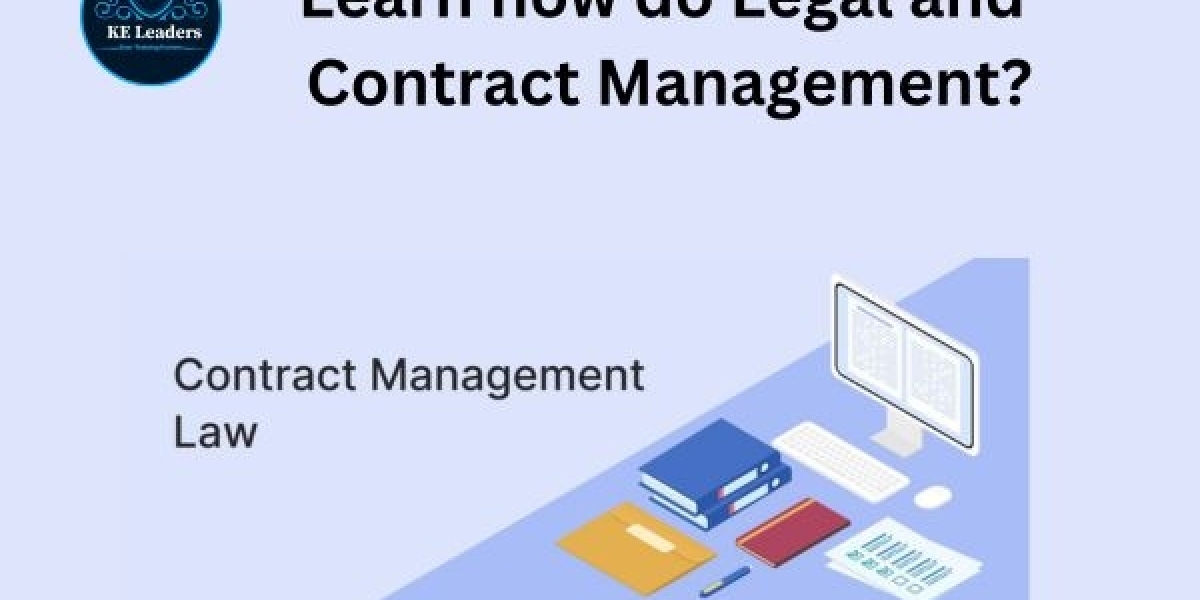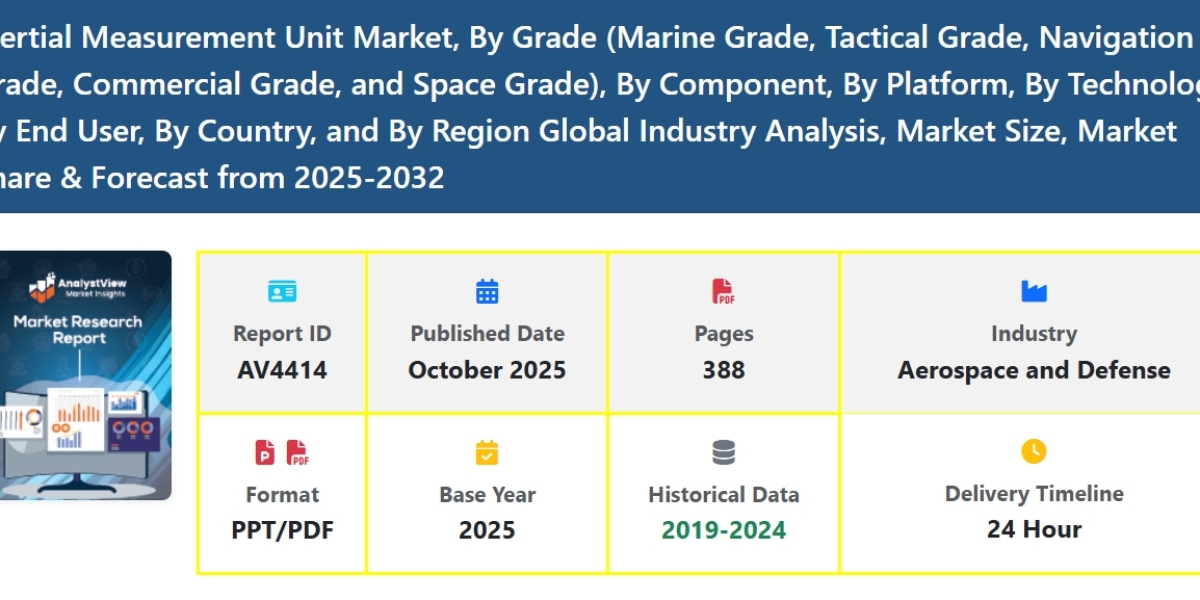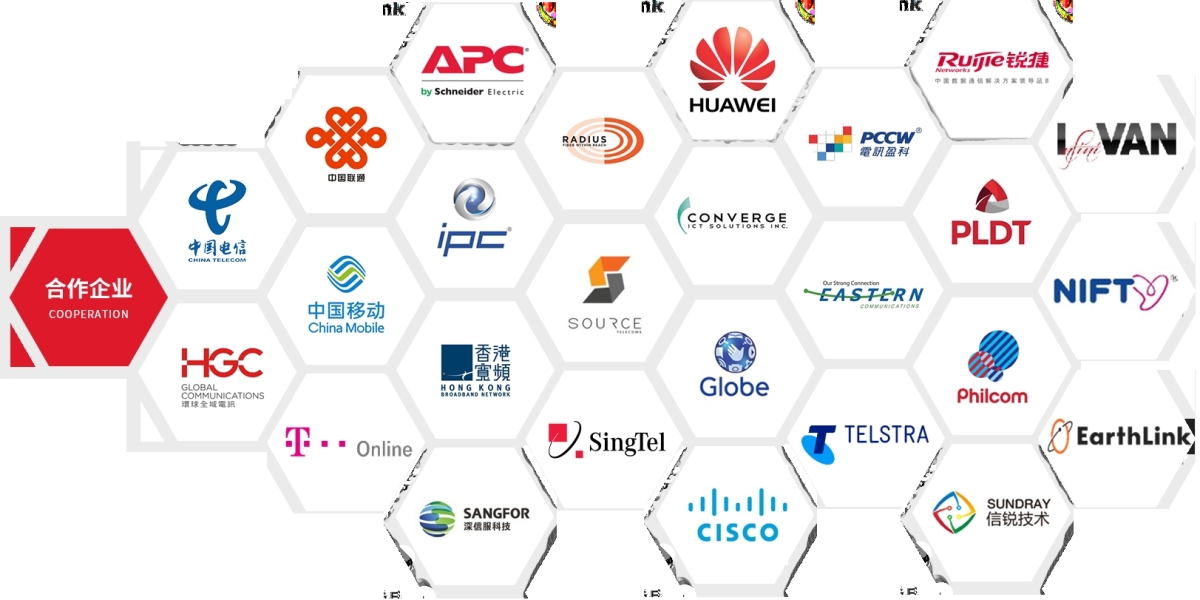Contracting comes alive when you treat it as a relationship—between people, expectations, risks, and delivery. If you haven’t encountered it before, FIDIC Contract Management may sound like a dry technical doctrine. But for every project manager, it’s a map of trust, clarity, and respectful negotiation. Think of it like giving a meaningful gift to someone you care about: you want it to arrive on time, with no surprises, and it should match what the receiver really expects. In the same way, a contractor, employer, and engineer in a FIDIC contract are in a delicate relational dance.
In my years working on projects—whether building a family home, overseeing a renovation, or coordinating business deliverables—I learned that contract management is as much emotional as it is procedural. Misunderstanding, unmet expectations, and ambiguous communication don’t just harm budgets—they fracture trust. So let’s walk through the key principles a project manager should know to manage FIDIC-based work gracefully and effectively.
Why FIDIC Matters — More Than Just Clauses
Modern life (and business) is driven by relationships—between partners, between family members, even between someone and their own expectations. In a contract scenario, those relationships are codified. FIDIC (the International Federation of Consulting Engineers) provides standardized contract forms widely used in international construction and engineering. Its contracts define how parties communicate, share risk, respond to change, and resolve disputes.
Why should you, as a project manager, care? Because every contract is a promise. When you manage it well, you guard reputations, budgets, schedules—and more subtly, the dignity and trust of all participants. Poor contract management becomes like a gift misunderstood: someone ends up disappointed, defensive, or resentful. A strong FIDIC contract that’s well managed can feel like a meaningful gesture—reliable delivery, fairness, transparency—that supports long-term relationships.
Core Principles of Effective FIDIC Contract Management
Let’s unpack the principles that truly help a project manager align technical control with emotional intelligence—so your projects run smoother and your stakeholders feel respected.
Clarity and Transparency
From the start, everything needs to be spelled out: scope, deliverables, quality, timing, payments, roles. But “clear” doesn’t just mean full of legal detail—it means readable and usable. When you draft or review contract documents, ask:
Would the contractor understand the technical expectations?
Would a supervisor or site engineer know “what good looks like” when they see it?
Are the payment triggers clearly tied to observed milestones, not vague notions like “satisfactory progress”?
Transparency also means keeping all parties in the loop on changes, risks, and cost variations. Surprises are the enemy of trust. If a contractor is blindsided by a new requirement, they’ll naturally resist. If you’ve alerted them early, they can help you adjust.
Roles, Authorities, and Lines of Communication
One reason so many projects derail: confusion over who can decide what. FIDIC contracts often introduce roles such as “Engineer,” “Employer’s Representative,” or “Consultant.” But in practice, you must unify that with your organizational structure.
Who can issue instructions to the contractor?
Who can approve additional costs?
Who can sign off on changes?
How do site-level requests escalate?
Make a decision matrix so that every stakeholder knows, and document it. This reduces frustration and prevents someone from claiming, “You never told me that wasn’t allowed.”
Risk Allocation and Shared Responsibility
FIDIC doesn’t pretend every risk can be perfectly predicted. Rather, it outlines risk allocation — which party takes responsibility for which type of risk (geotechnical issues, force majeure, design flaws, etc.). Your job is to manage that sharing.
If an event is truly unforeseeable and beyond any party’s control, FIDIC usually gives relief (extension of time, cost compensation, or both).
For risks that are foreseeable but manageable (weather, site conditions), you should aim for collaborative mitigation: early warnings, joint inspections, contingency reserves.
Viewing this as a shared journey — not a zero-sum game — helps parties approach problems with less hostility and more partnership.
Change Management
No construction plan lives unchanged. Site conditions vary, client desires shift, materials change. But unmanaged change kills schedules and budgets. FIDIC expects a formal process:
Submission of a variation request (by employer or contractor).
Assessment of cost and time impact.
Instruction or rejection by the Engineer or employer in defined time.
Agreement on adjustment (if any).
As a project manager, you must enforce the process—no work under “verbal agreement.” But do so with empathy. If a contractor is resisting a variation because they fear cost risk, hear them out, explain your side, and work to find a point of compromise.
Time & Delay Management
Time is more precious than money. Every delay ripples—equipment idle, labor wasted, reputational damage. FIDIC includes rules about extension of time, liquidated damages, and compensation events. Your role is to maintain a robust schedule, monitor progress, and handle claims early.
Key practices:
Keep daily or weekly progress reports.
Maintain “look-ahead” schedules so you anticipate critical paths.
Track delays and their causes (weather, third-party issues, approvals).
Be prompt in deciding extension requests; if you delay your decision, you may forfeit your rights.
Payment Mechanisms
A contractor who isn’t paid—or fears delay—loses morale. FIDIC contracts articulate interim valuations, payment certificates, retention, and final accounts. But even the best clause fails without vigilance.
Ensure interim payments tightly match completed work.
Withhold retention only if clauses permit.
Approve or dispute certificates promptly.
Reconcile final accounts transparently.
A fair, predictable flow of cash is one of the strongest gestures of respect you can offer your contractor.
Dispute Resolution & Fairness
In life, disagreements are inevitable. In projects, disputes are costly. FIDIC encourages stepwise resolution: conciliation, dispute boards, arbitration. As manager, your job is to minimize escalation:
Promote daily site-level resolution.
Use dispute boards proactively during execution (if specified).
Document all major decisions and communications—if later you need to show a precedent or rationale, you will thank yourself.
Fairness matters. When one party feels bullied or misrepresented, they dig in defensively. Always aim to interpret clauses not just in strict favor of “your side” but in light of mutual project success.
How a Project Manager Can Live These Principles Daily
Theory is well and good—but how do you make them real on a busy project? Let me share practices that turned my early missteps into more confident project runs.
Kickoff with a Contract Walkthrough
On day one with stakeholders, don’t bury contract details in dusty PDF annexes. Host an interactive contract walkthrough meeting with your engineering leads, contractor reps, and key owner stakeholders. Cover:
Who approves what (authority levels)
Change request process
Reporting format and frequency
Risk responsibilities
Dispute escalation steps
It helps everyone feel ownership—and surfaces hidden assumptions people may silently hold.
Use Simple Tools & Templates
You don’t need complex software to manage change, delay, or notices—just consistent tools. I adapted simple Excel-based logs and dashboards:
Variation log: Submitted date, description, cost/time estimate, decision date.
Delay register: Delay event, affected tasks, duration, proposer (contractor or employer), supporting evidence.
Payment tracker: Invoice, work certified, amount approved, payment date, retention.
Update them weekly and share with all parties. Visibility matters. When everyone sees the same document, disputes shrink.
Regular Status Reviews & Early Warning Meetings
Once a month (or more frequently in critical phases), hold a joint risk review: check which issues are turning into bigger than expected, whether schedule slippages are accumulating, whether claims or variation requests may surge.
If you see a pattern (e.g. design revisions causing delays), call a pre‑emptive change review before the contractor escalates. Think of it like checking in with a loved one before tensions boil over. Addressing friction early saves anguish later.
Empathetic Communication
Contracts are legal tools, but people are people. Behind every claim is a contractor with financial pressure, a foreman worrying about labor, an engineer pressed by time. When you receive a contentious variation request or delay claim, begin by listening. Ask:
What’s causing this unexpectedly?
What assumptions did you make?
How can I help you with resources or coordination?
Then explain your position—lack of budget, risk imbalance, contract clause limitations—and propose a fair path. When people feel heard, they often respond in kind.
Keep a Decision Log
You might think you’ll remember that workshop meeting where you verbally agreed to a small change. Trust me—you won’t. Maintain a decision log:
Decision title
Participants
Date
Summary of the decision, its justification, and any dissent
Contract clause or reference
Later, if someone disputes or alleges fairness concerns, you have a direct record.
Real-Life Challenges & Emotional Dynamics
To stay authentic, I want to share scenarios I (or peers) have walked through—and how the principles helped or failed.
Case: Contractor Asks for Variation After Work Is Done
Imagine the contractor shows up, finishes extra work, then submits a variation claim. You resist, citing your instruction policy. They push back—“You approved it verbally.”
If you lack a decision log or formal instruction trail, this becomes a he-said/she-said battle. Worse, relationships sour.
Better path: insist on formal variation procedure, but offer to review it with them now and perhaps agree on a fair price (if the change was reasonable). Use the experience as a teachable moment. Remind teams that next time, formal advice is needed before work starts—not after.
Case: Delays Triggering Liquidated Damages
On a past project, heavy rains delayed site access. The contractor submitted for extension of time but we were late in responding. By contract, delay beyond the decision window meant we lost our right. They shifted the claim into extra costs.
Because we had a delay register, weather logs, and periodic communications from the contractor, we negotiated a fair settlement rather than a fight. But it taught me: if you’re slow to decide, you risk forfeiting rights—and you erode your moral standing.
Interpersonal Strain: Gift Giving as a Metaphor
Project management is like gift giving at home. If I give my son something without asking his preference, I risk painful returns or disappointment. If I adopt him into the decision, ask his wishes, and deliver thoughtfully, it becomes a genuine gesture.
Similarly, if you impose heavy penalties or rigid clauses without consultation, contractors resent it—and may comply reluctantly. If instead you build in flexibility, explain your rationale, and respect their business reality, they feel trusted, not controlled. That leads to extra goodwill, smoother execution, and better quality.
Mid‑Stage: Ensuring Your Contract Management Stays Alive
Having survived the kickoff and early execution, you still must sustain diligence through the middle and close-out phases.
Monitor Performance Against KPIs
What do you value most—timely delivery? Defect-free work? Safety or cost control? Translate those into key performance indicators (KPIs) in your contract or project plan. Periodically measure and share them with the contractor.
If you see underperformance, address gently—but visibly. Ask: what constraints are you facing? How can we adjust? Don’t wait until the end to punish poor quality. Nudge improvement early.
Handle Defects, Testing, and Completion
As work nears completion, use FIDIC’s provisions for defects liability, testing, and acceptance. The contractor has responsibility to remedy defects within a liability period.
Don’t skip the walkthroughs. Walk the finished work with engineers, client reps, and the contractor, noting every defect agreed upon. Assign timelines for remediation. Use this as a gesture of fairness—everyone sees what needs to be fixed, and the contractor has clarity.
Final Payment & Contract Closure
As you approach final account settlement:
Reconcile every variation, cost adjustment, and claim clearly.
Provide the contractor with draft final account well in advance.
Listen to their objections, negotiate respectfully.
Issue the final certificate once parties agree on numbers.
Release retention per the timeline.
Keep emotional maturity here. Don’t ambush with last‑minute demands. Honor what was agreed and aim for closure that leaves both parties with dignity.
Where FIDIC Contract Management Fits Emotionally & Practically
You now have a working grasp of contract governance, change, risk, dispute handling, and close-out. But remember: behind every clause is a human story.
As you manage FIDIC contracts:
Treat correspondence as dialog, not orders.
Acknowledge the pressures contractors feel: cash flow, staff retention, safety, morale.
Balance firmness (you must uphold the contract) with empathy (you want to keep cooperation).
When tensions arise, return to shared purpose: successful, quality delivery.
In your approach, aim for something like a well-chosen gift: on time, clear expectations, and giving the recipient confidence rather than burden. Because the strongest projects are those where the relationship undergirding the contract endures beyond paperwork.
FAQs
Q: Can I deviate from FIDIC clauses to suit local practices?
Yes—but carefully. You may issue special conditions or amendments to match jurisdictional law or local norms. However, any alteration must be clearly restated, communicated, and understood by all parties. Don’t embed hidden exceptions in appendices that others won’t read.
Q: What happens if a variation is instructed but we don’t settle price quickly?
Under FIDIC, if you instruct a variation, work may proceed and the cost is adjusted later. But you must value it “fairly,” and delays in your decision can lead to claims you can’t disallow. Always respond within contract time limits.
Q: How does a dispute board help?
A standing or ad hoc dispute board allows technical experts to resolve disagreements early, before they escalate to full arbitration. Having that mechanism instills confidence in both sides that disputes can be handled fairly.
Q: Should I worry more about cost or time?
Both matter. But delays often cascade into cost overruns, morale loss, and lost opportunity. Prioritize time control without neglecting cost. Use time logs, early warnings, and prompt decisions.
Final Verdict
Contract management under FIDIC is not about rigid control—it’s about relationship orchestration. The most successful project managers I’ve known treat their contracts as living agreements, not static tomes. They lead with clarity but temper it with empathy, they set boundaries but invite dialogue, and they resolve friction early, not when it’s already heated. In embracing ke‑leaders as a guiding philosophy—leading with kindness, clarity, and courage—you embed trust into your contract practice. May your next project feel less like a legal burden and more like a meaningful, shared journey.









